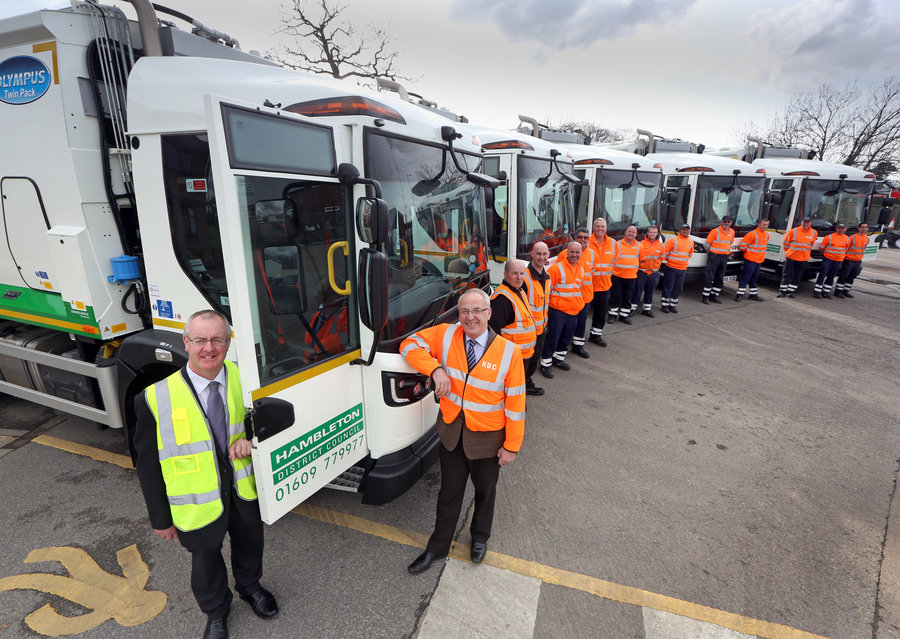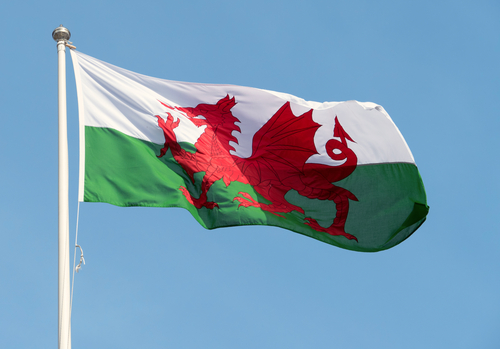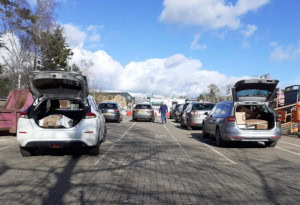And, the North Yorkshire district council has rolled out a new fleet of trucks to accommodate the change collections, which involves mechanical tipping of materials.

Following a review of its waste services, Hambleton district council has introduced a new 240L black wheeled bin with blue lid for commingled cans, plastics, cardboard and paper.
Residents will retain blue boxes, which had previously been used for commingled recycling collections, for separate glass collection, with both the wheeled bin and container collected on alternate weeks. Bags that were previously used for glass should be reused, according to the council, although they will no longer be used for recycling collections.
The larger bins will enable the council to collect a ‘wider range of materials’ including foil and aluminium trays, aerosol cans and rigid plastic pots, tubs and trays. They will also increase recycling capacity for householders at the kerbside, with an aim to reduce the amount of materials replaced in the residual waste bin.
Rate
In 2014/15, the council achieved an overall recycling rate of 47.7% – and the changes are expected to bring Hambleton over the 50% recycling target set for 2020.
Rolled out in February, the containers have already seen an improvement in recycling according to council leader Mark Robson.
He said: “This new service is already seeing an increase in the amount of recycling we are collecting – we have been staggered by the amount left at the kerbside and by the quality. Everyone has embraced the changes – and the hope that these improvements will see household recycling and composting rates hit 53% by 2020 look to already be on target.”
Vehicles
The roll out coincides with the start of the council’s 10-year contract with Northampton-based Specialist Fleet Services, which is to supply and maintain the council’s new fleet of waste vehicles.
The trucks are in service across the North Yorkshire and are adapted to the council’s new requirements to reduce manual handling by crews at the kerbside.
This sees boxes for glass tipped into a separate pod on the vehicle, and then tipped mechanically into the main compartment. A bin-lift is used to tip the commingled contents of the wheeled bins.
Recyclables are then sent to Yorwaste’s network of transfer stations and from there taken to Ward Recycling’s South Bank MRF under a three-year deal with the district council announced in February (see letsrecycle.com story).









Subscribe for free